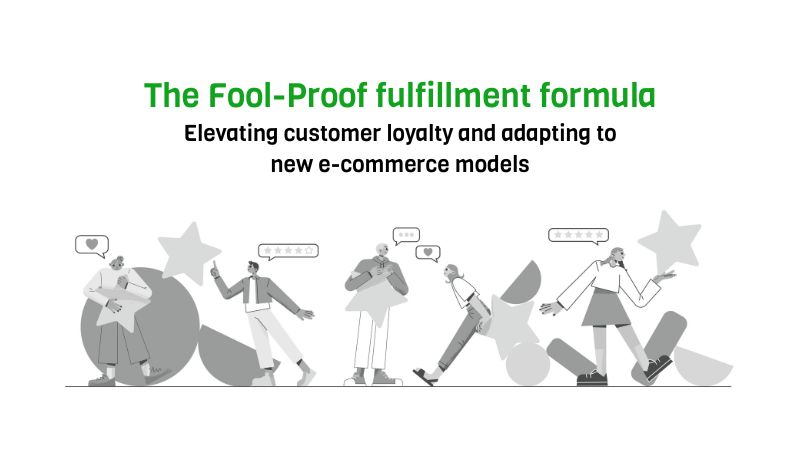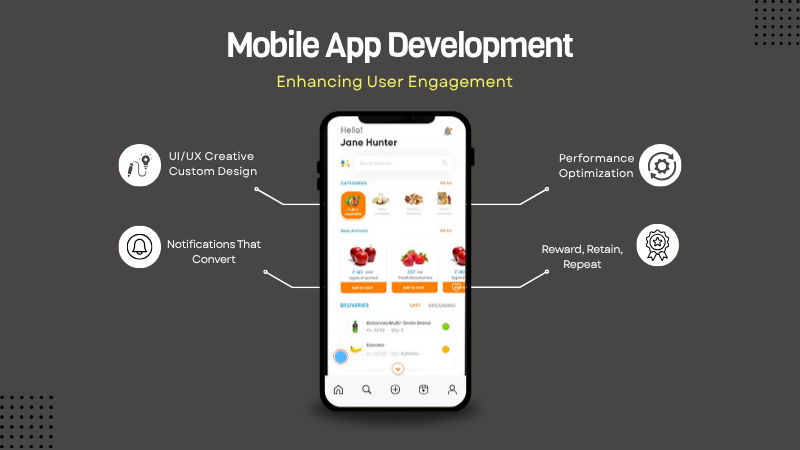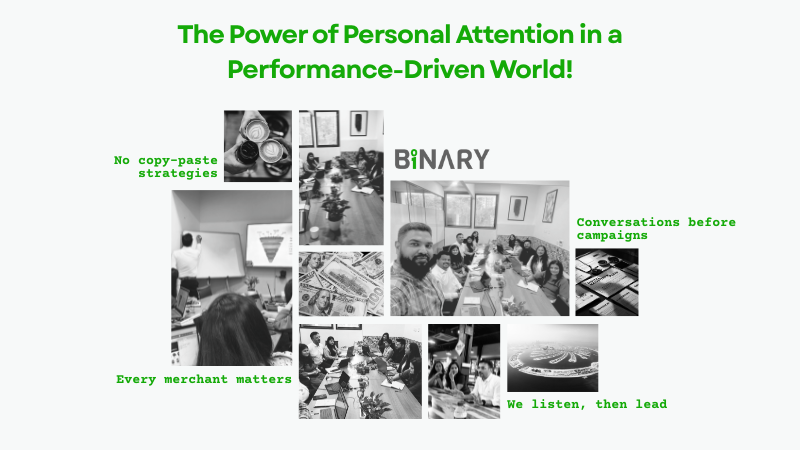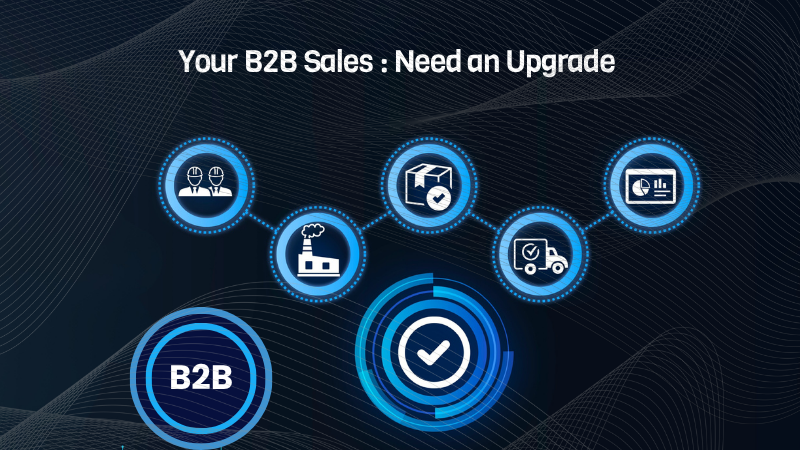In the fast-paced world of e-commerce, order fulfillment is a critical component that directly impacts customer loyalty. With consumers expecting faster delivery times and seamless return processes, brands must adopt a fool-proof fulfillment strategy to stay competitive. This blog explores the importance of efficient order fulfillment, managing product returns effectively, and navigating the shift to newer e-commerce models.
The Importance of Faster & Efficient Order Fulfillment
In today’s digital marketplace, speed and efficiency are paramount. Customers have become accustomed to quick deliveries, often expecting their orders to arrive within a day or two. Fulfilling these expectations is essential for maintaining customer satisfaction and fostering loyalty. A streamlined order fulfillment process reduces the time between purchase and delivery, ensuring that customers receive their products promptly.
Efficient fulfillment goes beyond just speed; it also involves accuracy. Orders must be processed correctly, packed securely, and shipped in a way that minimizes the risk of damage. When customers receive their orders as expected, it builds trust and encourages repeat business. On the other hand, delays or errors in fulfillment can lead to dissatisfaction, negative reviews, and a loss of customer loyalty.
Managing Product Returns Like a Champ
Product returns are an inevitable part of e-commerce Models, but how they are handled can make or break a customer’s perception of your brand. A well-managed return process is not only about making it easy for customers to send back items but also about ensuring that the process is hassle-free and transparent.
Offering clear return policies, providing prepaid shipping labels, and processing refunds or exchanges quickly can turn a potentially negative experience into a positive one. When customers feel confident that they can return products without complications, they are more likely to make a purchase in the first place. Moreover, a smooth return process can help recover potentially lost sales and reinforce customer loyalty.
Effective return management also involves analyzing return data to identify trends and address underlying issues. By understanding why products are being returned, whether due to quality concerns, incorrect sizing, or other factors, brands can make necessary adjustments to reduce return rates and improve overall customer satisfaction.
Navigating the Shift to Newer E-commerce Models
The e-commerce Models landscape is constantly evolving, with new models such as subscription services, quick commerce, and direct-to-consumer (D2C) channels gaining popularity. To stay ahead, brands must adapt their fulfillment strategies to these emerging trends.
For instance, subscription services require a different approach to fulfillment, with a focus on consistent and timely deliveries over regular intervals. Quick commerce, on the other hand, demands hyper-efficient logistics capable of delivering products within hours. Adapting to these models involves rethinking traditional fulfillment processes, investing in advanced technology, and possibly partnering with specialized logistics providers.
Incorporating automation and AI-driven solutions can help brands keep up with the demands of modern e-commerce Models. From real-time inventory management to predictive analytics, these technologies enable brands to optimize their fulfillment operations, reduce costs, and meet customer expectations more effectively.
Conclusion
The fool-proof fulfillment formula is key to building a loyal customer base and thriving in the competitive e-commerce market. By prioritizing faster and efficient order fulfillment, managing product returns effectively, and adapting to newer e-commerce models, brands can enhance customer satisfaction and drive long-term success. In a world where consumer expectations continue to rise, a well-executed fulfillment strategy is not just an advantage—it’s a necessity.

















